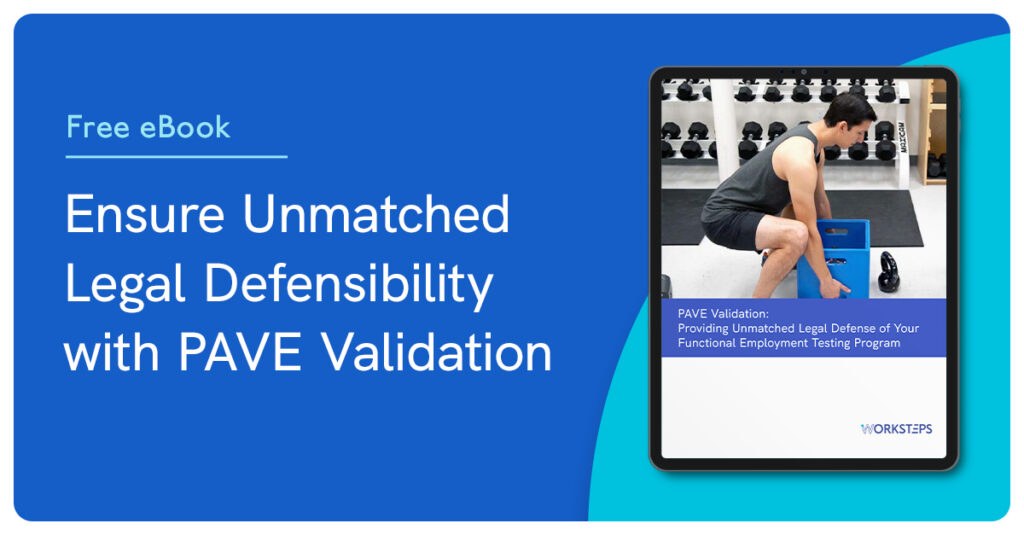Considering any new presidential appointments to both the Secretary of Labor and Assistant Secretary of Labor, it’s highly unlikely the new administration’s directives will relax OSHA’s focus on enforcement of the current lockout-tagout (LOTO) standard in any meaningful way. OSHA’s Control of Hazardous Energy LOTO standard (29 CFR 1910.147) contains only the minimum required elements for effective hazardous energy control. It was never intended to apply to every situation. OSHA still holds employers accountable to use all published LOTO standards and industry-recognized best practices when all other options for hazardous energy control are not found within OSHA standards and publications. A significant body of work exists from the 1990 OSHA standards, resulting OSHA interpretations, industry and trade associations, and specifically “industry consensus” standards like ANSI Z44.1. Each industry is continuing to advance these standards—effectively changing the way traditional work is done. This requires employers to keep pace with published standards in order to keep employees safe and avoid costly fines—making the document a must have for all employers and EHS professionals. Here are seven useful LOTO program hacks you’ll find in the revised ANSI standard:
- Industry specific examples of “Alternative Methods” of LOTO when traditional options don’t work
- LOTO-based risk assessments
- Management of change forms and examples. This is sorely needed in all industries for LOTO
- Remote LOTO options
- Sample policy/program elements
- Alternative LOTO method justification forms. This is highly recommended when you have to implement non-traditional LOTO procedures to provide effective controls.
- Alternative LOTO procedures for specific packing, pharmaceutical, robotics, plastics, printing, steel, and semiconductor industries
Stay tuned, stay informed, and stay safe. Subscribe to our newsletter to stay up to date with the latest workplace safety updates.





